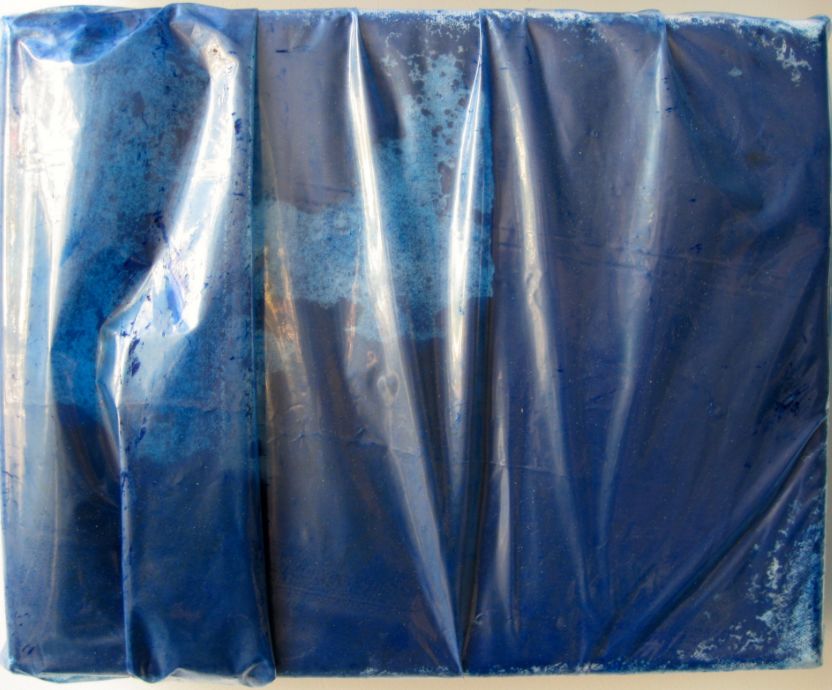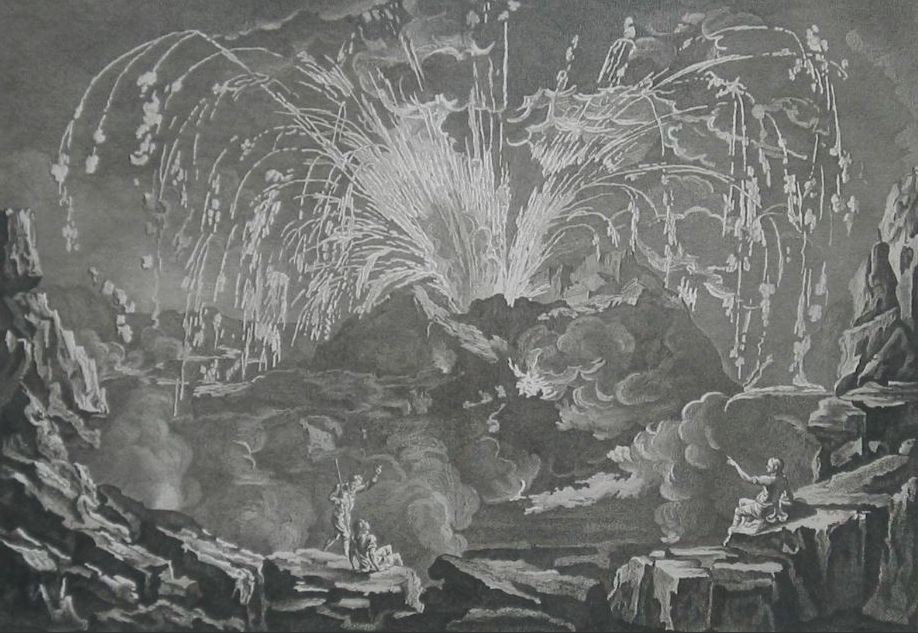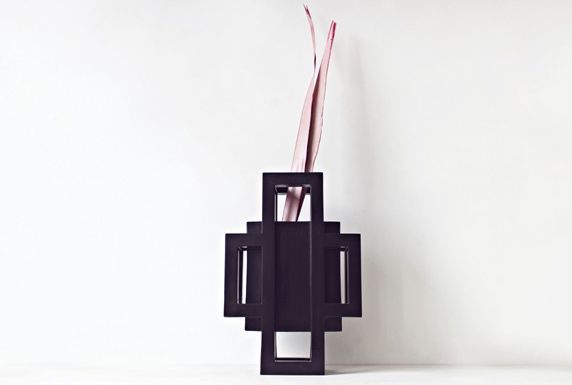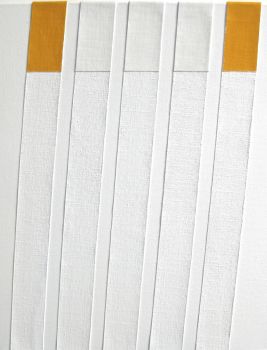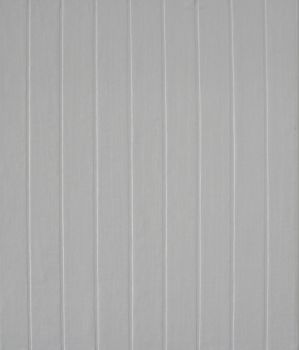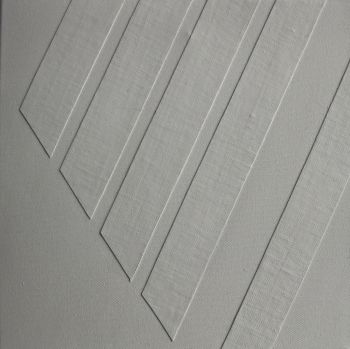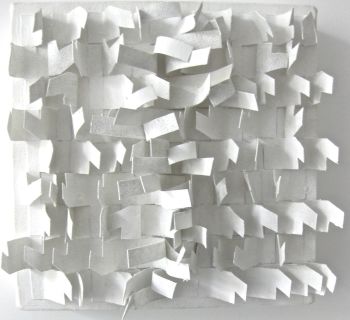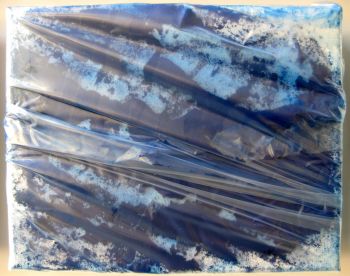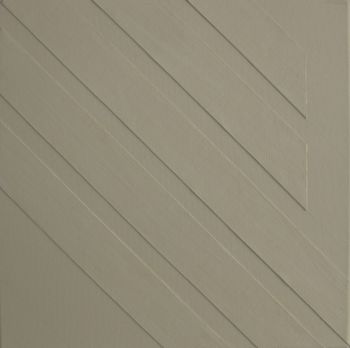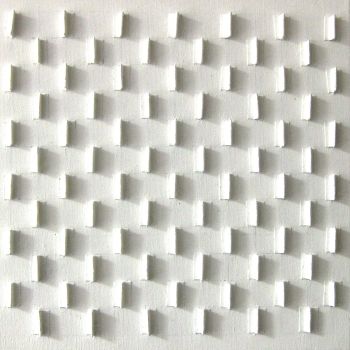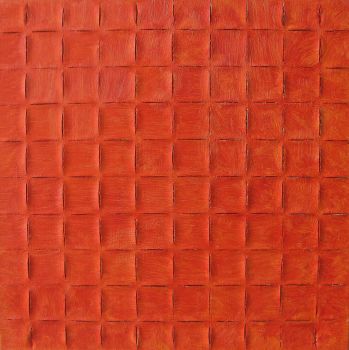Buy and Collect Art like a Pro
“Buying and collecting art are two different things” is an often-heard argument from art professionals. But are they? The two start out the same: with buying artworks that you like. In this article we will explain how to turn the artworks you already have into a collection.
Determine why you want to start a collection
Are you looking for aesthetic quality to upgrade your home or do you see an art collection as an investment? Whatever your motives, having a clear picture of your intentions will determine your next steps. For example; if it is aesthetics you’re after, go with gut feeling. In the end you either grow tired of an artwork or you might enjoy it for the rest of your life. No matter the future, you will need to like it now. If your goal is money on the other hand, do your homework and build contacts. But even then, remember that art is not a liquid asset so you shouldn’t depend on its saleability.
'Réfraction' ('Refraction'), Johannes Karman, 2016. Available at: gallery 9 contemporary art.
Educate yourself
Go to viewings, visit art fairs and talk to art dealers. Collecting art is an educational journey and as such, your collection should reflect this. Learn about the different artists, styles and periods in which artworks were created. Any good collection should cover multiple styles and periods and tell a story about who you are and what you want to say through the collection you built. No collection is static, it’s a dynamic process which progresses over time. You evolve as a person; your art should do the same.
Be yourself
Any art collection should reflect the collector. Choose art that suits you, not just art that others may find impressive. Whatever you add to your collection should straightaway give you the 'wow'-factor. This also means it's OK to express yourself the way you feel when talking to art dealers and artists. This is part of the educational process. Art is foremost a feeling, not a rationality. Don't worry about lacking knowledge. Instead, be comfortable discussing what you know and ask questions about what you don't.
Copper engraving from Diderot & d'Alembert, 'Encyclopédie, ou Dictionnaire raisonné des sciences, des arts et des métiers', Eruption of Mount Vesuvius in 1754.
Rarity equals quality
Most people start of buying art in edition. This is a great and accessible way to start any art collection, but value doesn't only come from quality, it also comes from rarity. I can recommend buying graphic work to anyone, but when you're building a collection as an investment, focus on one-offs. If you do decide to go with editions, understand: the smaller the edition, the more valuable the object. Make sure you receive verification on the edition. You don't want to buy something of which you think there are only 10 editions and later realize there was a reproduction of 200!
The sum of the parts is not greater than the whole
A good collection is worth more than the individual artworks. That means you don’t need to start spending large amounts of money at the very beginning. As previously described, building your collection is an evolutionary process. When you do enough research you can start with quality art for as little as a few thousand Euros. Below that, you will need to do even more research to make sure you buy something that isn’t just nice to look at but also keeps its value. If you’re looking for high quality contemporary art but you are on a budget, the best places to start are Galerie Carla Koch, and gallery 9 contemporary art. Good art dealers appreciate that you’re building up a collection and will advise and guide you in your efforts.
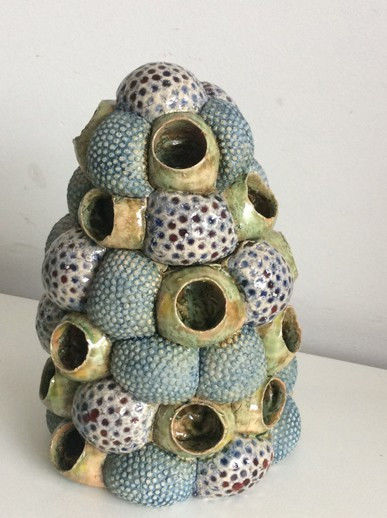
Golfbal pot at Gallery Carla Koch
The right art dealer
There are endless amounts of galleries and art dealers out there. Finding the right one to buy art from can be an exhaustive and blurred exercise. At Gallerease we curate on our dealers to make sure you receive the highest quality art with the highest service, directly from the art dealer or gallery owner. And the best dealers are like counselors that guide you through the world of art. When you find the right dealer, trust him or her: good dealers have extensive experience and are a fountain of knowledge. And one more thing; a good and honest art dealer will never refer to past auction results or prices as their primary justification for the prices they ask!
Be aware of hidden costs
Artworks and antiques come in different conditions. When you buy something that isn’t new, make sure you check the condition. Good art dealers know exactly in which state the offered work or object is and will be able to refer you to a good restorer. A good restorer for antique furniture for example is Van Eck Meubelrestauratie.
When you purchase a painting, drawing or photo, you have to consider framing. Although quality framing doesn't come cheap, it is an absolute necessity when it comes to displaying your art. One of the best framers in The Netherlands is Gehring & Heijdenrijk. Many of the dealers on Gallerease work with them and can assist you with finding the perfect frame.
Don’t rush!
No one is capable of building a quality collection in a few weeks. As mentioned above building a collection is a process and processes take time. Getting educated, talking to artists and art dealers, visiting art fairs and auctions all takes time.
NT, Esther Stasse, 2016. Available at: Galerie Carla Koch.
Treat your collection like you would treat your children
Nurture your collection. Maintain it and look after it. This means you should not hang a photograph in sunlight (even if you have UV-resistant glass in front of it) and you should be careful with antique wooden furniture in a moist environment. If you treat your collection well, you will find it to become more and more valuable; not just in monetary terms but in intangible terms as well. Your collection will smile at you and you will get more attached to it as time passes. And maybe, one day you will get asked to lend your works to a museum. Now how cool is that?!
Enjoy!
The journey of building your collection is one of the best experiences you will ever have over the course of your life. You will meet new people, make friends, receive invitations to events, speak to artists, educate yourself and be able to look at thousands of beautiful objects. Cherish that and enjoy it to the fullest!
For more curated antique & fine art also have a look at Gallerease!
*Header Image, Percistence of Illusion: Cubed No. 3, Jason Green, 2011


